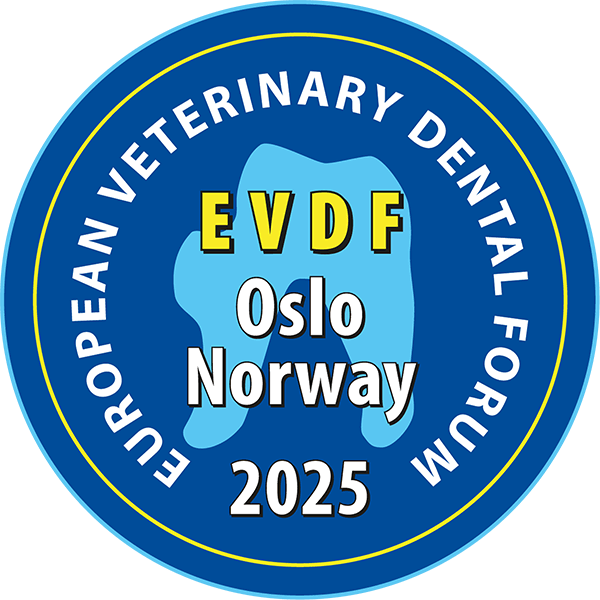

Melanoma is one of the most common canine oral malignant tumours. Its highly aggressive and metastatic, even at the early stages of development. Surgery relies on wide excision of the primary tumor and regional lymphadenectomy, with or without adjuvant therapy. Tumor location and size are important when considering staging, which ultimately affects the curative intent of surgery. This lecture will explore current melanoma staging scheme and new insights which can contribute to a better prognosis prediction. Ki-67 index, mitotic count and nuclear atypia are histological parameters which should be considered in primary tumor evaluation (Song et al 2024). The presence of lymph node micrometastases and histological confirmation of distant metastasis (Song et al 2024).
Tumor volume cutoffs have been recently proposed for canine oral melanoma by our team (Silva et al, 2024). This study has taken into consideration the vast phenotypic variability within canine breeds. Therefore a relative tumor volume considers the proportion of tumor volume with regards to body volume and this model was able to predict prognosis with regards to lymph node and distant organ metastasis. This study proposed cutoff values for absolute tumor volume of 6.423 cm3 and relative tumor of 0.043%, to predict lymph node metastasis. The volume was calculated using the ellipsoid formula which included three perpendicular tumour diameter measurements considering an average body density of 1000 kg/m3.
Interestingly, our study identified higher TV and TBR% values associated with bone lysis and mitotic count (MC) (Silva et al 2024), factors also identified by others with importance in overall survival and included a risk stratification scheme proposed by Song et al, 2024. Ki67 index is likely to be a better prognostic tool than MC in our opinion, which is also discussed in the lecture. The TNM staging system has historically been used for oral melanoma; however, its limitations have become increasingly recognized over the years. Recent studies on new prognostic factors, combined in systematic reviews, have led to a revised stratification scheme that recommends to include important additional variables to the staging. With the recent proposal of TV and TBR cutoffs for predicting lymph node metastasis, these parameters offer valuable insights to enhance the staging of dogs with melanoma.
Lymph node approach is also discussed given its importance not only in staging but also as treatment.
References
• Silva ML, Martinho I, Rocha M, Martano M, Spindler KP, Buracco P, Giacobino D, Florindo
• HF, Mestrinho LA. Relative Tumour Volume in Canine Oral Melanoma Staging and Prognosis. Vet Comp Oncol. 2024 Dec;22(4):641-650.
• Song E, Lawrence J, Greene E, Christie A, Goldschmidt S. Risk stratification scheme based on the TNM staging system for dogs with oral malignant melanoma centered on clinicopathologic presentation. Front Vet Sci. 2024 Sep 25;11:1472748. doi: 10.3389/fvets.2024.1472748.
• Congiusta, M., Lawrence, J., Rendahl, A., & Goldschmidt, S. (2020). Variability in Recommendations for Cervical Lymph Node Pathology for Staging of Canine Oral Neoplasia: A Survey Study. Frontiers in veterinary science, 7, 506. https://doi.org/10.3389/fvets.2020.00506
